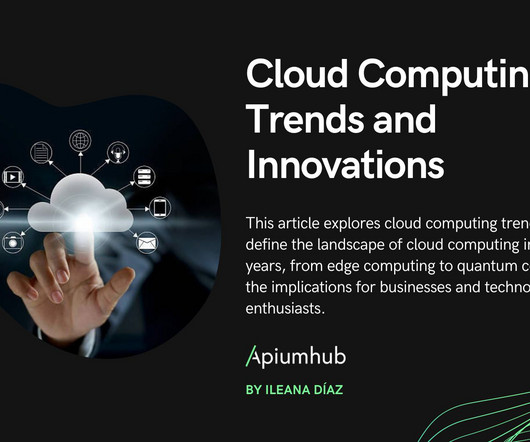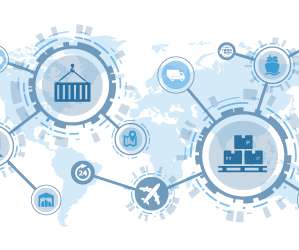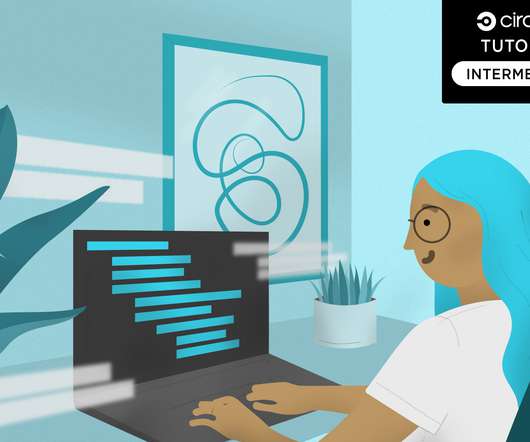Automate Application Deployment Using AWS DevOps
Perficient
SEPTEMBER 4, 2024
In this blog, we can set up a continuous integration/continuous delivery (CI/CD) pipeline using AWS Code-Commit, AWS Code-Build, and AWS Code-Deploy for application development and testing and AWS Code Pipeline for workflow orchestration. Step 4 The AWS CodeCommit is private. Now, we will clone the repo in VS-Code Editor.

















Let's personalize your content